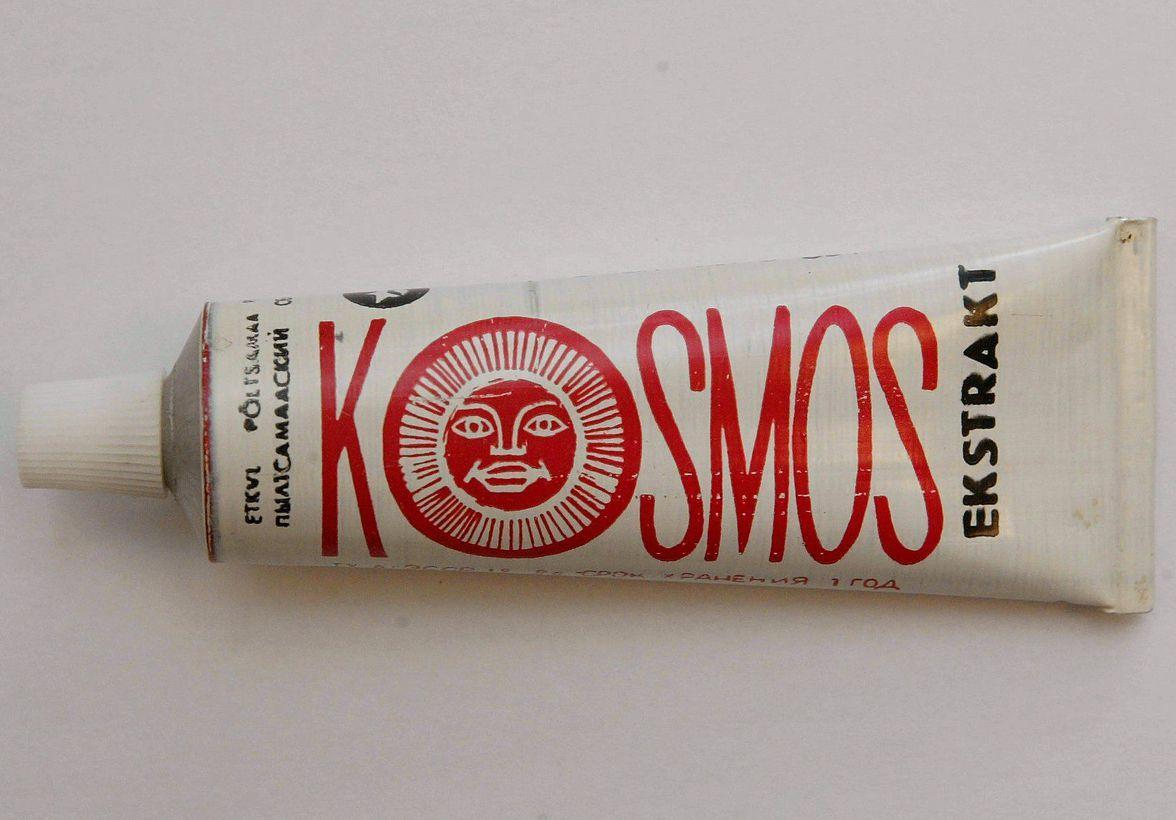We know that Estonian academics have been looking up and theorizing in the fields of astronomy, and cosmology more specifically, since before the 1800s. Construction of Tartu Tähetorn, the city's observatory, was completed in 1810, signalling a formalization of this study, initially as part of the Imperial University of Dorpat (now the University of Tartu).
But, it was this production of space food that took the Estonian study of the universe in a more physical direction, where Estonians would be involved in people going to space. Borscht, marmalade, and liquid oxygen fuelled early space missions.
Salyut 1, the very first space station, was sent into Earth's orbit in April 1971, with the addition of the Estonian-built Mikron, a device that observed noctilucent clouds. With the use of Mikron, astronauts could view ice particle formations that appear at twilight. Space program collaboration did not always have perfect results, as evidenced by the eventual fall of Salyut 1 in February 1991. Without enough fuel to carry out a controlled landing, pieces of the nearly 40,000 kilogram station scattered across Argentina.
As an independent nation, Estonia has continued to collaborate in astronomical advancements, especially since it joined the European Space Agency in September 2015, after eight years of cooperation with the agency. During those early years of ESA cooperation, the first Estonian satellite, ESTCube-1, was launched from French Guiana into space in 2013. The ESTCube-1 miniature satellite was the first satellite to be deployed with a solar wind sail, though this equipment was not able to be used successfully. However, the satellite operated over a year longer than originally anticipated.
As far as people in space, NASA astronaut Nicole Aunapu Mann will be the first North American of Estonian heritage in space, when she and her crew test the Boeing CST-100 Starliner.
Estonia's efforts to go to space have so far been limited by budget, requiring exploration and experiments to be shared with other space agencies. For example, the flight that took Estonia's first satellite to space had two other satellites aboard: PROBA-V and Vietnam's VNREDSat-1.
Going into space is notoriously expensive. NASA has stated that the average cost of launching a space shuttle is around $450 million US dollars (roughly 631 million Canadian dollars). That's not too much of a stretch for a country like the United States, with a gross domestic product of 20.54 trillion USD, or Canada, with 1.713 trillion USD.
Recent developments indicate that cooperation with the European Space Agency is Estonia's intended course of action for making advancements in space research. It's one of the best ways of giving bright minds the chance to apply their knowledge. Maybe one day, Estonians will look to the sky and see an Estonian rocket on its way into Earth's orbit.
Written by Vincent Teetsov, Toronto




